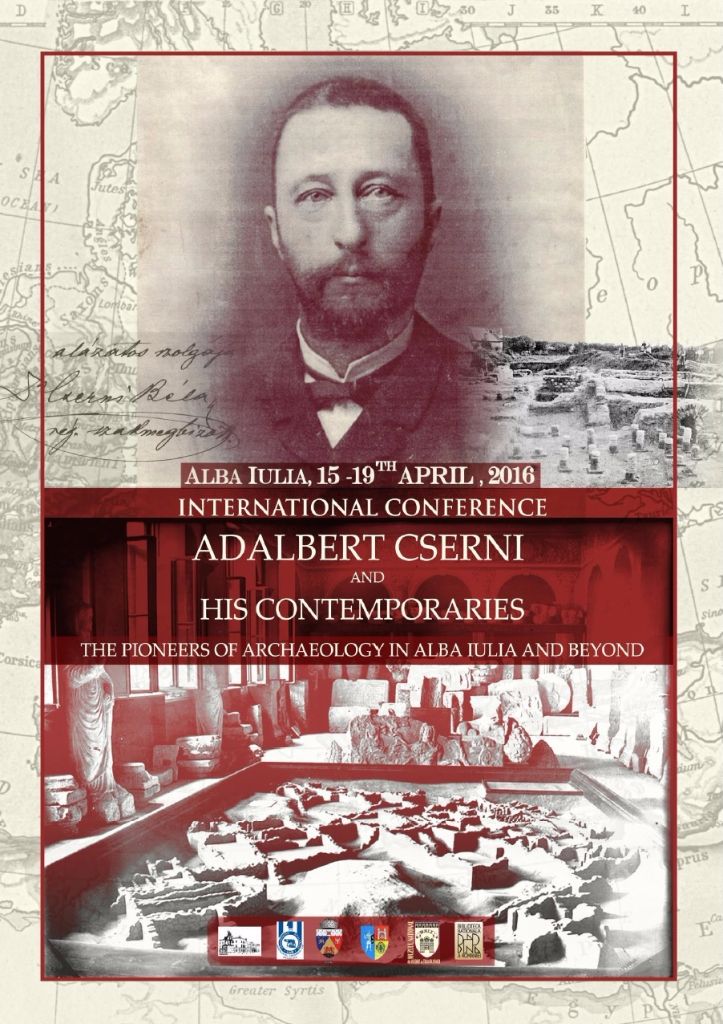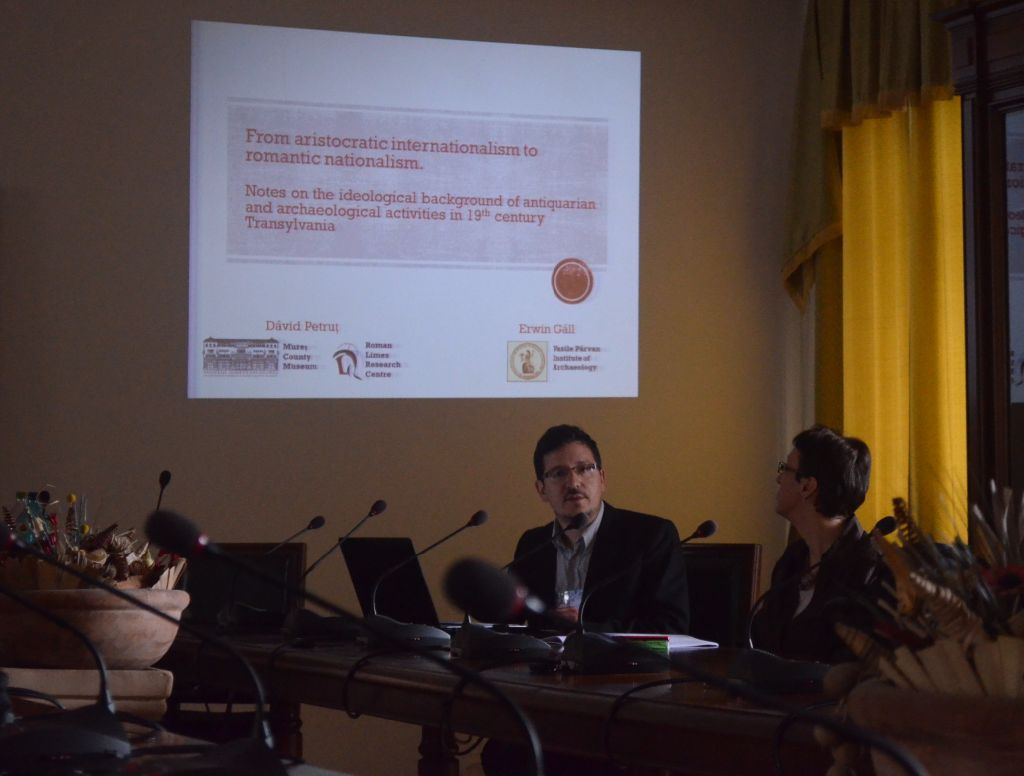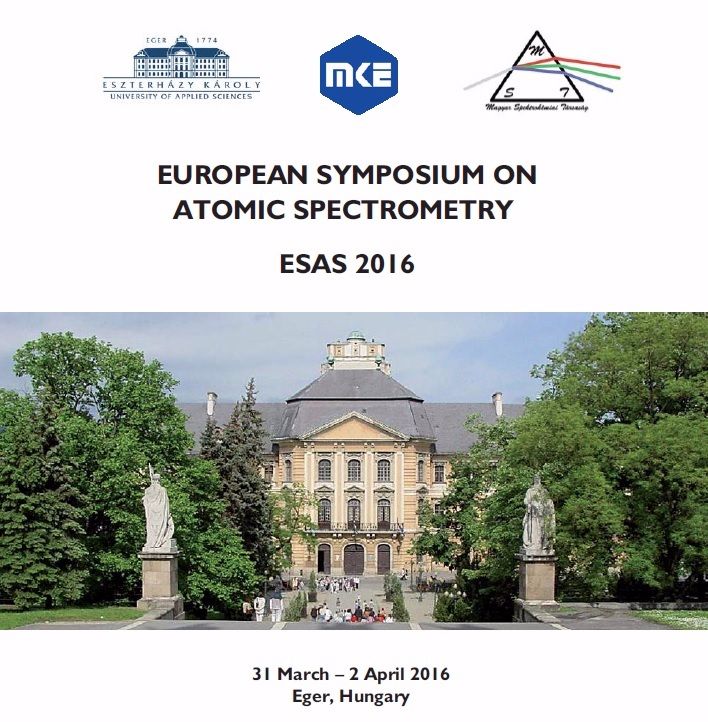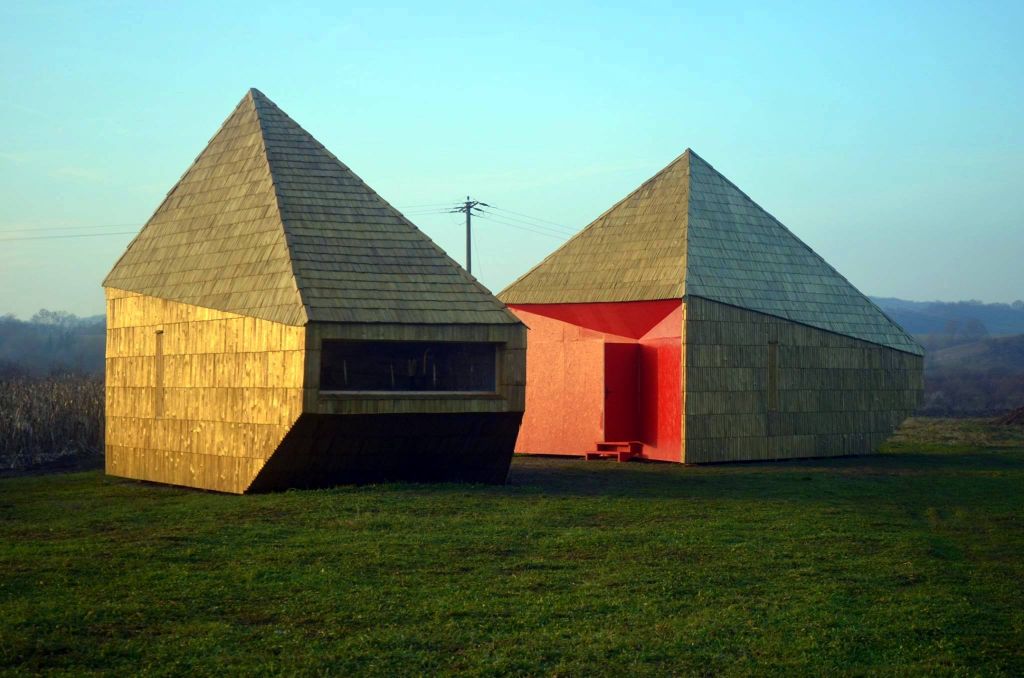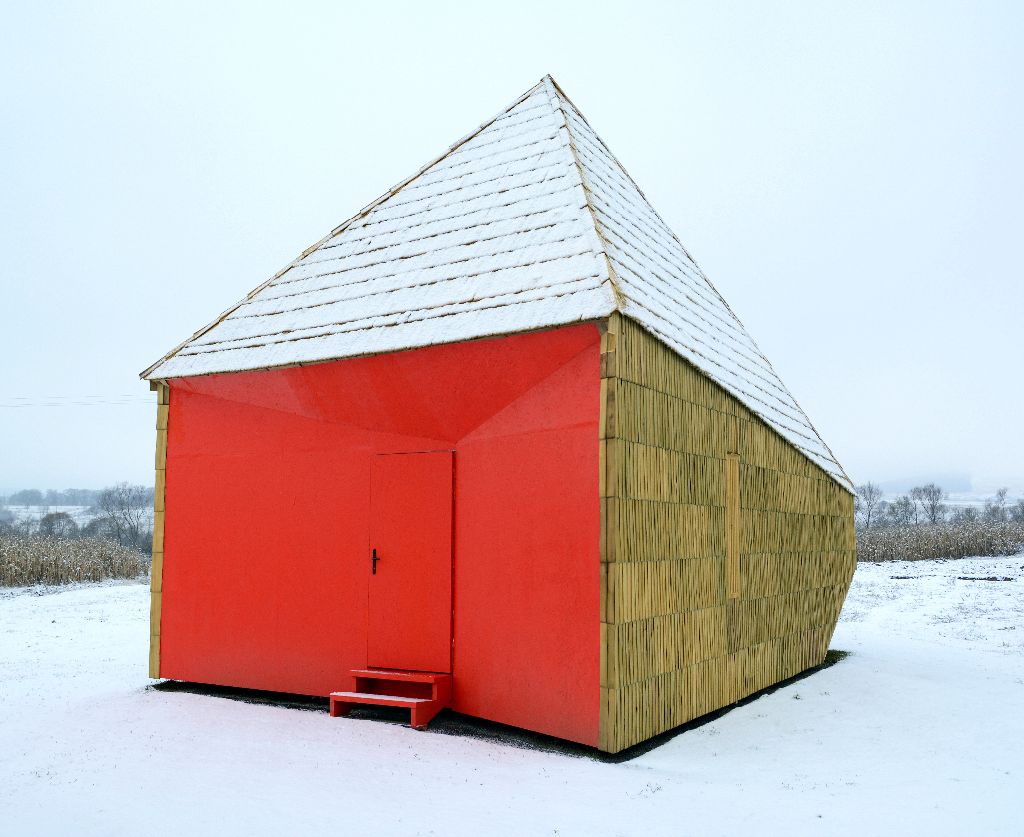Conference regarding the History of Archaeology in Alba Iulia
Most museums around here (and not only) have a rich history of their collections, usually starting with some zealous antiquarian and/or amateur archaeologist somewhere around the 19th century. Such was the situation of the National Museum of the Unification in Alba Iulia, where during the Belle Époque Cserni Béla started a meticulous archaeological program to investigate Roman Apulum. On the 100th anniversary of his death, researchers interested in the history of archaeology organized an international conference entitled “Adalbert Cserni and His Contemporaries. The Pioneers of Archaeology in Alba Iulia and Beyond”.
In between the new session of spring field-surveys, some of our team-members found some time to attend this event held in Alba Iulia from the 14th of April until the 18th. The presented subjects included a paper about the collection of Kovács Ferencz (important especially in the case of Călugerni), the different century-old sources for various types of stamped bricks and tiles from Călugerni and the nationalistic and imperialistic influences on the archaeology of the Belle Époque in Transylvania. Around 50 participants from 6 countries (from Great Britain to Russia) made the event truly of value and also highly enjoyable.
